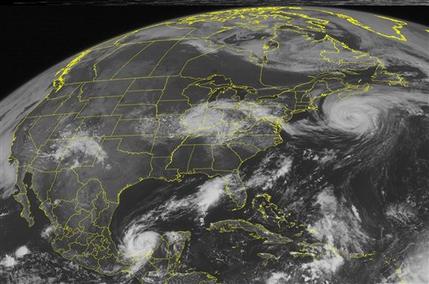
© Unknown
Earth's coral reefs have not been faring well in recent decades, facing multiple threats from pollution, disease, elevated water temperatures, and overfishing. Often referred to as the "rainforests of the Sea," coral reefs support a wide variety of marine life, help protect shorelines, and contribute significantly to tourism and the fishing industry. A new study looks at a rare but catastrophic impact on reefs: the damage caused by natural disasters such as an earthquakes.
In May of 2009, a powerful, magnitude-7.3 earthquake shook the western Caribbean, causing lagoonal reefs in Belize, 213 kilometers (132 miles) from the epicenter, to avalanche and slide into deeper water. As reported in a preprint article of
Ecology, a journal of the Ecological Society of America, Richard Aronson of the Florida Institute of Technology and colleagues analyzed data that suggest how the history of the reef will influence its recovery.
During the quarter-century before the earthquake struck, the reefs had gone through mass mortalities of two sequentially dominant coral species. Novel events in their own right, these mass mortalities were instantly "rendered moot" on half the reefs, which were destroyed when the earthquake hit.
Aronson and colleagues' work focused on a 375-square-kilometer (144-square-mile) area of the Belizean Barrier Reef, which they monitored from 1986 to 2009. The group revisited 21 sites in 2010 to determine the impacts of the earthquake. They found that approximately half the reef slopes had slabbed off and slid into deeper water. Only sediment and the skeletal debris of corals remained.
